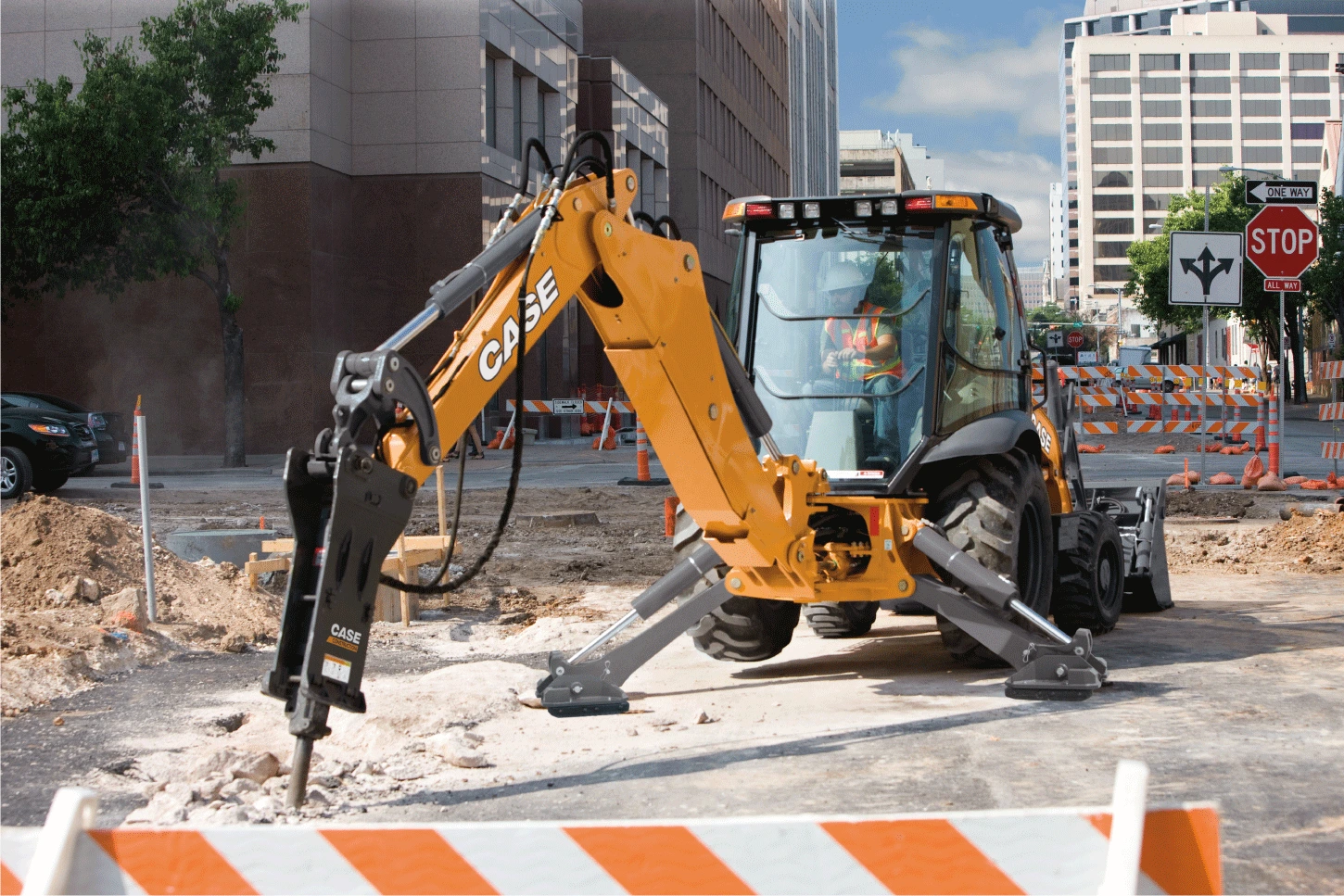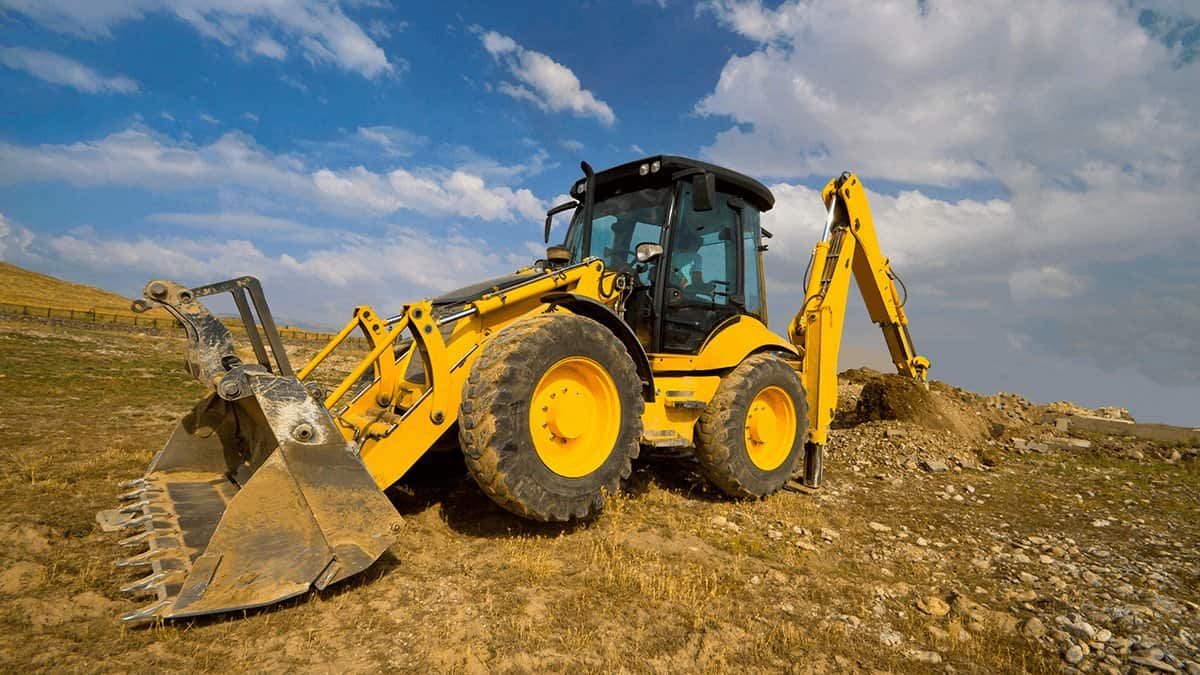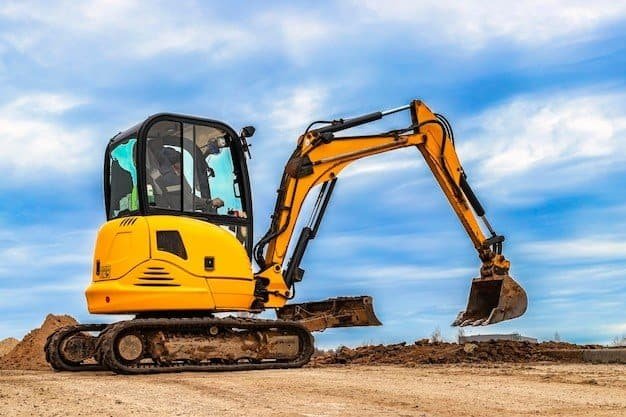Confused by backhoe vs excavator controls? You’re not alone. Choosing the wrong system or misunderstanding the controls can lead to poor efficiency—or worse, safety issues. This guide helps you clearly understand how each machine operates, and which control style suits your needs best.
Backhoe and excavator controls differ in layout and operation. Backhoes typically use multifunctional control levers for both front loader and rear arm, while excavators feature dual joysticks with standardized ISO or SAE patterns. Knowing these differences improves safety and jobsite performance.
Let’s break down the key differences and practical implications of each system.
How do backhoe vs excavator controls systems differ?
Backhoe and excavator control systems both serve the purpose of digging, but they differ significantly in terms of their layout and logic.
A backhoe is equipped with multiple control levers for its loader and digging arm, which often requires more manual coordination from the operator. In contrast, excavators use two joysticks to handle all primary motions, providing more consistency and precision in operation.
In a backhoe, the operator must manage both a front loader bucket and a rear digging arm, each controlled with separate levers. These machines often feature a crossover of functions, such as one stick managing both the swing and the boom. On the other hand, excavators adhere to a more focused function set, where the left joystick typically manages the swing and the boom (up/down), and the right joystick controls the stick in/out and the bucket curl. This layout results in a faster learning curve and easier muscle memory development for the operator.

What is ISO vs SAE control pattern, and which machines use them?
If you’re in the heavy equipment industry, you’ve likely come across the terms ISO and SAE—but do you really understand what they mean and how they impact your work?
ISO controls are more commonly found on excavators. With ISO controls, the left joystick is responsible for moving the boom and the swing, while the right joystick controls the dipper and the bucket. In contrast, SAE controls reverse these functions.
The ISO (International Standards Organization) and SAE (Society of Automotive Engineers) patterns determine how the joysticks control the excavator’s arm. In the ISO pattern, the left joystick handles the swing and the boom, while the right joystick manages the stick and the bucket. In the SAE pattern, these functions are reversed. Although many excavators allow operators to switch between these two control patterns, experienced users often have a clear preference for one style over the other.
Most backhoes, however, do not adhere to a single standard and may incorporate elements from both ISO and SAE styles. This lack of standardization can make it more challenging for operators to transition smoothly between different machines. Understanding the differences between ISO and SAE controls can help you make more informed decisions when operating or choosing heavy equipment.
Are backhoe controls harder to master than excavator controls?
Many beginners find backhoe controls more challenging due to their complexity and multitasking nature.
Indeed, backhoe controls can be more difficult to learn. They require operators to manage both a loader and a digging arm using different systems, which demands a higher cognitive load compared to the more streamlined controls of excavators.

With a backhoe, operators must learn to use a front bucket for scooping and leveling, as well as a rear digging boom. These functions require distinct sets of movements and often involve additional levers or foot pedals. In contrast, excavators have a consistent control pattern that is focused solely on digging. This allows new operators to concentrate on mastering precision and fluidity without having to switch roles mid-task. As a result, excavators are often favored in specialized digging operations.
Can operators switch between backhoe and excavator easily?
If you own both types of machines or manage a mixed fleet, this is a vital concern.
Switching between backhoe and excavator controls is possible, but it requires operators to retrain their muscle memory and understand the differing control philosophies. Some modern machines support pattern-switching to ease the transition, which can be a significant help.
Seasoned operators who are accustomed to using only one type of machine may struggle when transitioning to the other. The mental and physical adaptation needed is similar to switching between driving a manual and an automatic car. However, many newer excavators now offer the ability to switch between ISO and SAE controls with a simple toggle, which helps operators adapt more quickly. Backhoes, unfortunately, may not offer this same level of flexibility and can require more time for operators to acclimate to the different controls.
Which machine is better for precision work based on control system?
Precision is absolutely critical in tasks like trenching, grading, and utility line installation, where even the slightest deviation can lead to significant issues.
Excavators are particularly well-suited for these tasks due to their smooth, joystick-based controls and 360-degree rotation capability. This combination allows for highly precise and detailed excavation work, making excavators the go-to choice for fine-detail tasks.
The control system of an excavator is specifically designed for seamless and precise digging. Operators can easily make fine adjustments, thanks to the hydraulic sensitivity and the ergonomic layout of the joysticks. This level of control allows for intricate maneuvers and precise placement of the bucket, which is essential for tasks that require high accuracy.
In contrast, backhoes, while capable of performing similar tasks, lack the finesse and rotational advantage of an excavator. Their limited swing range, typically around 180 degrees, means that operators often need to reposition the entire machine more frequently. This can be particularly challenging in tight spaces and can hinder overall productivity. Additionally, the need to constantly reposition the machine can lead to more wear and tear on the equipment and increased operator fatigue.

How can you train operators to use both systems efficiently?
Cross-training your team can significantly enhance flexibility on the job site, allowing operators to seamlessly switch between different types of heavy equipment as needed.
To achieve this, consider leveraging a combination of simulation tools, dual-pattern control machines, and real-world practice. This approach can help operators transition between systems efficiently and safely.
One effective method is to start with virtual simulators that closely mimic the ISO and SAE control layouts. These simulators provide a risk-free environment for operators to familiarize themselves with different control patterns, reducing the likelihood of damaging real machines during the learning process. Investing in training machines that allow quick toggling between control patterns can also be highly beneficial. These machines enable operators to practice switching between ISO and SAE controls in a controlled setting, further enhancing their skills.
Creating consistent, standardized procedures for operating different machines is another key step. By establishing clear guidelines and protocols, you can ensure that operators are well-prepared and confident when transitioning between equipment. Providing operators with ample seat time on both backhoes and excavators is equally important. Hands-on experience is crucial for developing muscle memory and improving overall proficiency.
Some companies even offer certification programs focused on multi-machine proficiency. These programs can provide structured training and validation of an operator’s ability to work effectively with different types of equipment. By taking advantage of such programs, you can ensure that your team is well-equipped to handle a variety of tasks on the job site, ultimately increasing productivity and efficiency.
Summary
Understanding control differences boosts operator confidence, safety, and jobsite efficiency.
Contact us to select the excavator or backhoe that best suits your needs.


